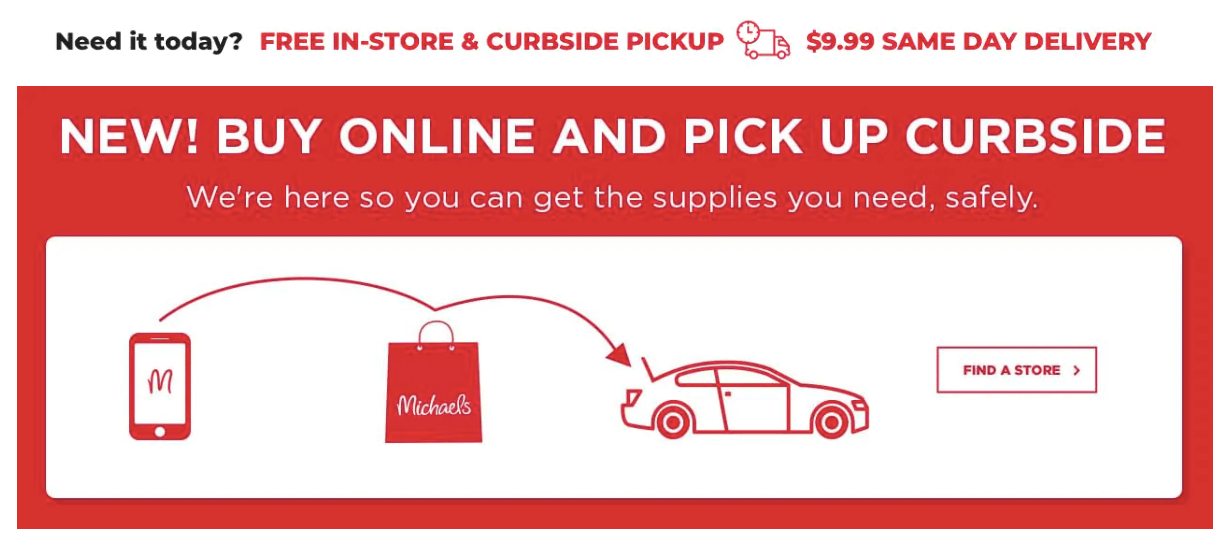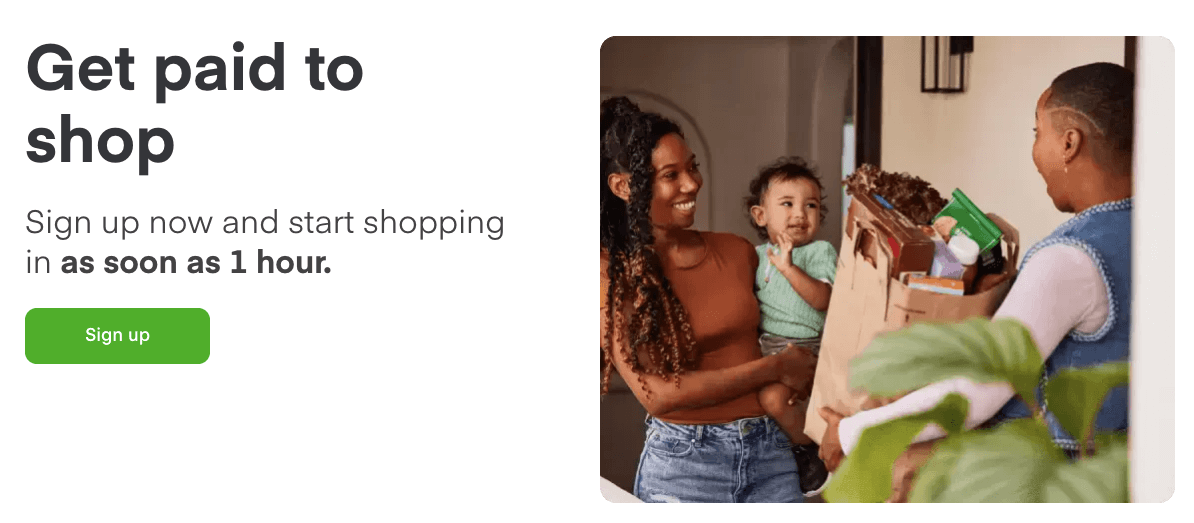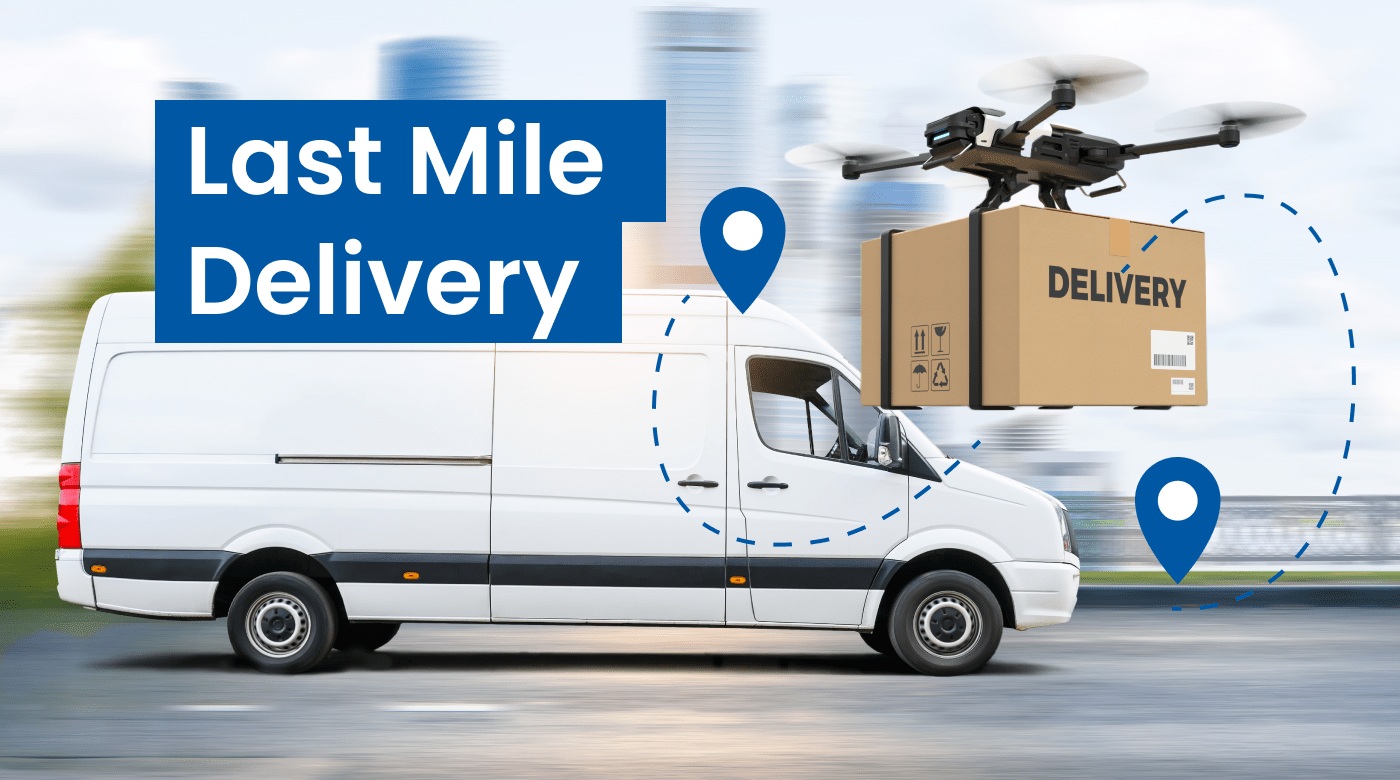When it comes to home delivery, customer expectations have never been higher. Between the acceleration of digital transformation during COVID-19 and the advent of Postmates and other same-day delivery startups, customers expect fast and free delivery.
With a greater emphasis on delivery, businesses need to find ways to optimize the delivery process, battling fuel costs, traffic, and more. The last mile of the delivery process presents the biggest problem for businesses.
In this article, we’ll explain what the last mile problem is, how customer expectations are changing, and how innovations in last mile delivery are helping businesses cut the cost of that pesky last mile (and still meet consumer preferences).
What is the last mile delivery problem?
Individuals and businesses order goods for delivery all the time. The shipping process for these items usually has multiple stages, including order fulfillment, long-distance transport, and finally, getting the shipment from the local shipping hub to its final destination — the consumer.

That final stage is often called the “last mile.” The distance a package travels in the last mile may be more or less than an actual mile, but the principle remains the same.
Because this stage of the shipping process requires stops at individual locations — often for relatively small shipments — the cost of shipping that last mile is much greater than the cost of the earlier shipping stages. This is the last mile delivery problem.
Last mile delivery example
We’ll look at an example to understand why the last mile concept poses such a problem.
Let’s say a company in Austin, Texas, has 100 orders to deliver in California. The first stage — order fulfillment — happens at the company’s warehouse in Austin. The orders are procured and put on a truck to the airport 10 miles away. The cost of that single truck is split among the 100 products. Then, the 100 orders are shipped on a plane to Los Angeles. Shipping in bulk means the cost per order is smaller.

But then, the 100 orders need to get to 100 different locations in California. Some will go on a delivery truck to different parts of Los Angeles. Others may be shipped in bulk to transportation hubs in neighboring cities. Then, each order needs to get from those hubs to their delivery destinations, which could be one mile, 30 miles, or 100 miles away. The cost of shipping from hub to hub or from hub to destination is split between far fewer orders, meaning the average cost of shipping increases.
To look at it another way, it’s cheaper to take the bus than to take a rideshare or taxi. That’s because the bus delivers many people to central locations. Split between 20 riders, it doesn’t cost much to get downtown. But the same distance becomes much more expensive if you want the convenience of door-to-door car service.
Rising consumer expectations
Free delivery used to be an attractive bonus when you ordered something. It’s since become more of an expectation. In fact, 80% of online shoppers expect free shipping above some purchase minimum, and 66% expect free shipping on all purchases. This is due, in part, to the growth of online shopping.
Amazon and other massive companies have made free shipping more common. The expectation of free shipping is then passed on to smaller businesses that wish to compete.
The global pandemic has forced many people to shop online. In fact, eCommerce penetration experienced 10 years' worth of growth in just three months, which has also caused curbside pickup to explode in popularity.
Consumers expect convenient and fast delivery, and they’ve increasingly come to expect it for free. They also expect greater transparency through tracking, emails, and other updates. One study found that 91% of consumers actively track their packages.
Who needs last mile delivery?
The last mile delivery problem has been intensified by the growth of online shopping. Half of consumers are already doing most of their shopping online, and 29% say they do ALL of their shopping online. The increasing popularity of eCommerce and home delivery means that more and more businesses have had to figure out how to efficiently ship their products.
Whereas home delivery used to be limited to pizza chains, customers have come to expect the same from other local restaurants and retailers. These companies, along with eCommerce sites and small makers (like those on Etsy), need to find fast and affordable ways to get products to shoppers.
Even major retailers that haven’t delivered historically are now expected to do so. For example, arts and crafts supply chain Michael’s now offers both curbside pickup and same-day delivery. These brick-and-mortar businesses now must operate — at least in part — as order distribution centers.

In 2020, the number of top 500 retailers offering curbside pickup grew by more than 500%. This solved the last mile delivery problem by passing it on to the consumer. However, curbside delivery is only possible for retailers with local storefronts, and even then, some customers will still opt for delivery.
Last mile delivery tracking
A key part of growing consumer expectations is transparency and tracking.
It’s not enough that consumers know their order has been shipped. They now want to know where their order is every step of the way. 69.7% of customers would be less likely to shop with a retailer if they weren’t informed about a delayed package.
Modern delivery tracking is often a real-time experience for customers, allowing them to follow their order as it moves across a digital map. This allows last mile delivery services to give them much more specific and accurate delivery times. Apps like Uber and Instacart also allow customers to communicate directly with their delivery drivers.
![]()
Last mile delivery tracking typically ends with a notification that the order has been delivered. To prevent disputes between retailers and customers, some businesses have made proof of delivery part of the tracking process. For instance, among some delivery providers, it’s standard practice for the delivery professional to take a picture of a package at the delivery destination.
On the plus side, customers’ ability to track packages could mean less stress on your customer service team. Among American consumers, 70% said they would choose to continue checking tracking information for a delayed package instead of connecting with customer service.
This level of last mile tracking transparency requires cooperation between shipping services and retailers. Many businesses turn to tools like Delivery Solutions for tracking and transparency services. Rather than building a last mile carrier tracking system or developing a tracking interface for customers, Delivery Solutions provides the technological infrastructure for you.
Trends and innovation in last mile delivery
With more and more businesses facing the last mile delivery problem and increased consumer expectations, brands are turning to new technologies and innovations.
In addition to meeting consumer demands and making last mile delivery more affordable, businesses are seeking more sustainable solutions. 88% of shoppers consider sustainability to be somewhat or very important, although only 54% would pay extra for more sustainable delivery.
Some of these innovations are already in wide use, whereas others are still being developed and tested. When you have access to a variety of shipping providers, you can take advantage of these innovations as they emerge.
Crowdsourcing (Uber/Postmates/Instacart)
Originally just for restaurants, crowdsourced delivery is now being used for other types of purchases. Uber, Postmates, and Instacart are the top players in the space, offering same-day (or faster) delivery of groceries, alcohol, office supplies, and many other goods.
Crowdsourced delivery platforms like these can provide some of the fastest deliveries by using on-demand gig workers. But this is also a weakness because their labor supply can be unreliable. Additionally, gig workers receive little training or vetting. If they make mistakes or provide poor service, this could reflect on your brand.

The cost of crowdsourced delivery can also vary, depending on demand and the available workforce. Since unexpected shipping costs are the number one reason for shopping cart abandonment, variable delivery costs are a risky choice for retailers.
Collection lockers
Like curbside pickup, collection points and pickup lockers solve the last mile delivery problem by passing it on to the customer. For highly walkable urban areas, collection lockers could reduce the need for delivery trucks and their harmful emissions.
Amazon is the best-known company that uses this method. Their Amazon Hub Lockers are located throughout major cities — typically in convenience stores, pharmacies, and other retail partners. When making a purchase, customers can choose a nearby Amazon Hub Locker instead of home shipping.

Pickup lockers, however, are not just for Amazon. In fact, Delivery Solutions has partnered with Bell and Howell to provide temperature-controlled lockers for grocery pickup. The greatest challenge to delivery lockers is availability and customer adoption. Partnerships like this could make pickup lockers a viable solution for smaller businesses.
Dark stores
Part of what makes adjusting to the growth of curbside pickup and deliveries so difficult is that stores and restaurants are trying to do it in the same space that they are serving in-person customers. Order fulfillment and creating a pleasant in-store customer experience are two different things. Dark stores are a potential solution.
Dark stores are, essentially, order fulfillment centers that aren’t open to the public. They function like warehouses, fulfilling orders as efficiently as possible. The dark store approach can also allow businesses to expand their reach by placing them in regions where they don’t yet have storefronts.
Routing optimization and assignment automation
One of the most common ways to fight high last mile delivery costs is to optimize delivery routes. When a business has many different deliveries, how those orders are distributed among drivers and the order in which they are delivered can save significant time, mileage, and fuel costs.

More and more brands are turning to software and artificial intelligence to optimize routes. These technologies can analyze delivery windows, traffic patterns, driver schedules, and delivery proximity to more efficiently distribute orders among drivers and provide more optimal routes. Some route planning tools even send traffic updates to drivers via SMS.
Drones and autonomous vehicles
Labor is both a huge expense and a huge challenge when it comes to delivery. That’s why delivery drones, robotic deliveries, and autonomous vehicles have become so attractive to businesses.
For example, Uber Eats has partnered with Nuro, which creates street-legal autonomous vehicles to deliver food in select markets. Along with reduced labor costs, electric drones and vehicles could make last mile delivery more sustainable.
In a perfect world, companies would use autonomous vehicles and drones to deliver orders 24 hours a day. In reality, many vehicles still require human supervision. Self-driving technology just isn’t yet capable of navigating the unpredictability of the real world.
Beyond the technical challenges, implementing autonomous delivery vehicles will also require businesses to partner with cities for licensing and regulation. Although there has been a lot of interest and investment in autonomous delivery vehicles, they can’t yet be deployed on a large scale.
Businesses need diverse delivery solutions
Last mile delivery is a longstanding challenge for businesses. The growth of eCommerce and same-day delivery has increased customer expectations and forced more companies to wrestle with this problem. Fortunately, demand breeds innovation, and shipping providers are experimenting with technology and creative solutions to solve this issue.
As more shipping providers and innovations emerge, a business’ best bet for affordability is to be able to access a variety of solutions. Schedule a demo today to see how Delivery Solutions can help you provide a better and more cost-effective customer experience.
Delivery Solutions orchestrates fulfillment experiences for enterprise retailers, supplying flexible optionality for consumers and priming merchants for innovation at scale.
Ryan Caldarone
Ryan is a Sr. Digital Marketing Manager with over ten years of experience in B2B eCommerce, specializing in brand storytelling and content. Having contributed to hundreds of creative projects for SMBs and startups across the tech, energy, and fine arts sectors, Ryan brings diverse perspectives.
Topics from this blog: Delivery Solutions Innovation

 (
(